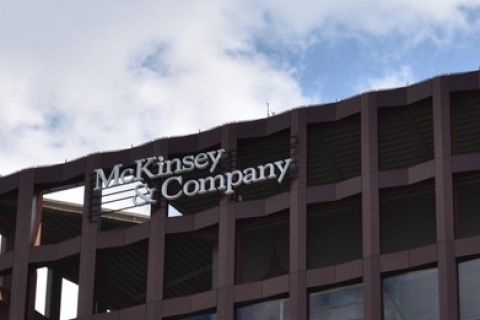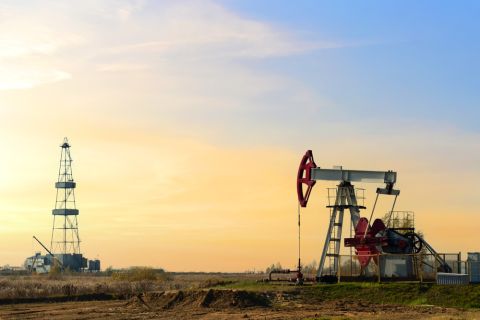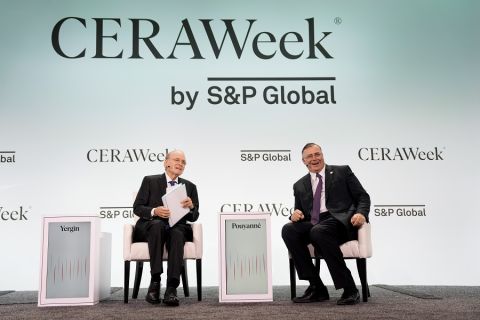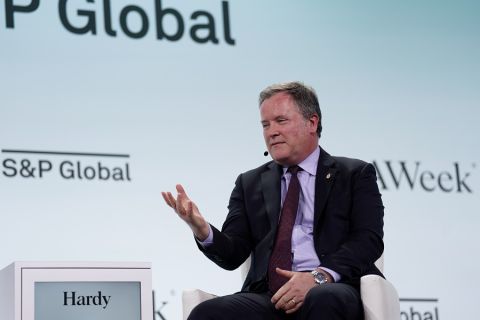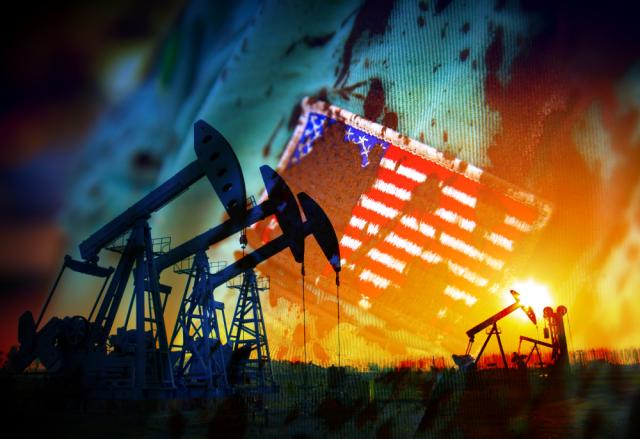
Occidental Petroleum CEO Vicki Hollub also praised California for its low-carbon fuel standards, saying they functioned better than Europe’s policy of limiting emissions and trading allowances. (Source: Hart Energy/Shutterstock.com)
A carbon tax system—recently gaining approval by several U.S. shale companies—would be bad for the oil and gas industry, according to Vicki Hollub, CEO of Occidental Petroleum Corp., which has been working to position itself as a carbon management company.
“A carbon tax is not what we’re pushing at all,” Hollub said during a keynote address at the recently held virtual summit of the Texas Independent Producers and Royalty Owners Association (TIPRO).
“A carbon tax would be bad for a lot of the industry,” she continued. “A carbon tax would be bad for the consumers and especially for those consumers who are more disadvantaged from an economic standpoint.”
Last month, API and oil majors, including Exxon Mobil Corp., BP Plc, Chevron Corp and ConocoPhillips Co., expressed support for a carbon tax which President Joe Biden plans to include in his infrastructure proposal focused on curbing greenhouse gas emissions and transitioning to clean energy.
However, Hollub is against the possible carbon tax and instead said she prefers an incentive-based system such as the 45Q tax structure that gives companies tax credits for developing carbon capture, sequestration and EOR projects.
RELATED:
Carbon Tax Vital in Energy Transition, Oil Execs Say
She also praised California for its low-carbon fuel standards, saying they functioned better than Europe’s policy of limiting emissions and trading allowances.
“We in Texas kind of criticize California a bit, but they’re addressing carbon the right way,” she said. “They have low fuel standards, along with carbon storage tax credit, which is incentivizing the use of technology and rewarding the use of technology.”
Occidental has set ambitious climate targets and is developing several carbon capture projects, including the world’s largest direct air capture facility to be located in the Permian Basin.
Balancing oil markets
During her address at the TIPRO summit on April 6, Hollub also applauded Saudi Arabia’s energy minister and OPEC+ for balancing oil markets during the historic oil price crash last year. “They’ve been brilliant in the way they’ve handled it, the way they’ve been doing it. Every U.S. oil and gas company is appreciating their efforts,” she said.
However, she noted that the U.S. shale industry needs to be “very careful” about balancing markets, moving forward. “We are not going to have the same level of production that we had in 2020,” she said. “It’s really important that we all recognize the demand and supply. We haven’t done that very well, we need to start doing it better.”
“Too much investment,” she added, would be needed to bring U.S. oil production back to the 13 MMbbl/d achieved in first-quarter 2020 and that U.S. shale production could plateau around 11 MMbbl/d.
With U.S. output falling significantly, Hollub expects OPEC to bring back its curbed supply but not enough to exceed the global demand in the second half of 2021.
Hollub said she believes OPEC+ isn’t necessarily targeting an oil price but rather “trying to get back to a supply-demand situation.”
“Many of the countries worldwide need $70 or $80 to breakeven and so ultimately I think in 2022 we’ll get to $70 or better,” she said. “But I think it will be a result of market-driven supply and demand.”
Recommended Reading
McKinsey: US Output Hinges on E&P Capital Discipline, Permian Well Trends
2024-02-07 - U.S. oil production reached record levels to close out 2023. But the future of U.S. output hinges on E&P capital discipline and well-productivity trends in the Permian Basin, according to McKinsey & Co.
The Secret to Record US Oil Output? Drilling Efficiencies—EIA
2024-03-06 - Advances in horizontal drilling and fracking technologies are yielding more efficient oil wells in the U.S. even as the rig count plummets, the Energy Information Administration reported.
CERAWeek: CEO Patrick Pouyanné Jokes that Texas is TotalEnergies’ ‘El Dorado’
2024-03-19 - TotalEnergies CEO Patrick Pouyanné said during CERAWeek by S&P Global that Texas was important for his company, which he jokingly called the French company’s “El Dorado” due to the state’s love for oil, gas and renewables.
Exxon, Vitol Execs: Marrying Upstream Assets with Global Trading Prowess
2024-03-24 - Global commodities trading house Vitol likes exposure to the U.S. upstream space—while supermajor producer Exxon Mobil is digging deeper into its trading business, executives said at CERAWeek by S&P Global.
API Gulf Coast Head Touts Global Emissions Benefits of US LNG
2024-04-01 - The U.S. and Louisiana have the ability to change global emissions through the export of LNG, although new applications have been frozen by the Biden administration.

